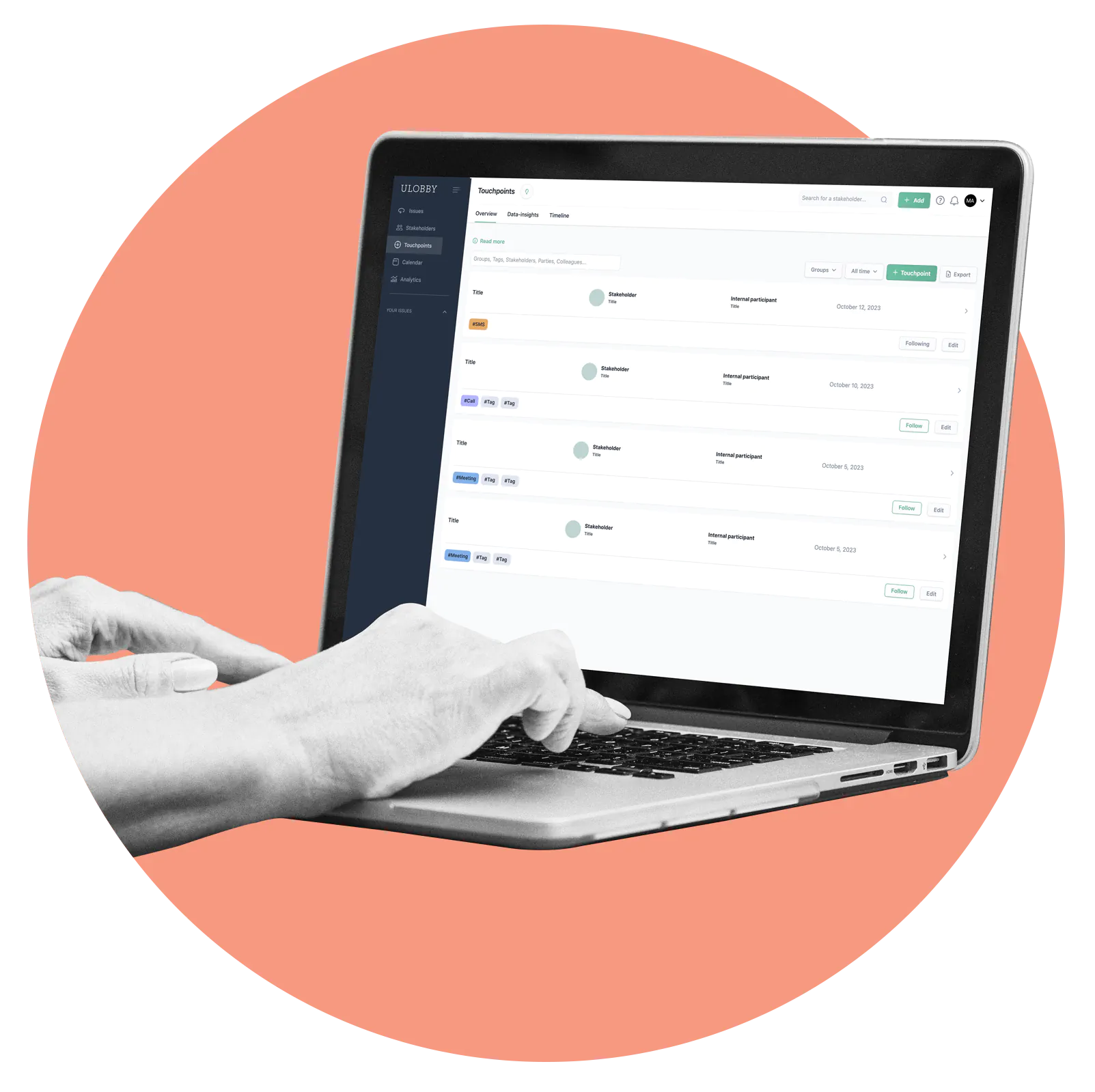20 things you should have in your Public Affairs toolbox (Part 3)

Dette blogindlæg er indtil videre kun tilgængeligt på engelsk.
*************************************************************
Did you miss Part 1 of the list? See it here
As a Public Affairs professional you have many tools available to create attention on a relevant issue or assert your organisation's influence. But often we see PA people getting stuck with a few of their favorite tools and thus miss out on new opportunities and tactics. Therefore we are going back to PA basics and will in a series of four articles present you with the 20 essential tools for Public Affairs work. The list of PA tools is extracted from Ulobby CEO Anders Kopp Jensen’s book The Public Affairs Engine - please note that the tools are not ranked in any particular order - their usefulness always depends on the situation and the nature of your organisation.
11. Google and Google Ads
Google has more than a 90% market share when it comes to internet search, and guess what? Your KOLs also search for information on the internet. Everyone does. So, PA professionals should remember that their stakeholders also use Google for research and that the search results on the first page are important. Moreover, Google Ads can be placed so your message with a link appears in relation to your issues.
Pro tip: Have you ever Googled yourself or your own company? Did you like what you saw on page 1? If not, there are ways to get the more favorable content up in the rankings e.g. via more strategic SEO content.
12. Political contributions
This is for some a potentially controversial subject. Should you as a company contribute to a specific politician or political party? And if so, what does this signal? And is there a risk of entering into an unethical position? It really doesn’t have to be that controversial. As long as it is done in a transparent and open manner, it doesn’t have to be a problem.
Pro tip: It is stating the obvious that you should conduct thorough due dili- gence before you transfer any money, but, before you select a person or group, try to have an open mind in terms of which political party they belong to. Maybe you can sponsor two candidates from different parties, but which have certain values or approaches to a subject in place which fit your own? And of course, remember: You have to be able to answer critical questions the second it is public so it is a good idea to prepare a small Q&A beforehand.
13. Podcast
The podcast format has gained tremendous popularity over the past 5 years. This has also meant that more companies have tried, with varying degrees of success, to ride this wave. As a company it should be carefully considered before entering into as it should not be used as an intranet or advertising channel. But focusing on a specific subject and having interesting guests participate can be both good branding for the company as well as a way to get in touch with or in front of certain KOLs.
Pro tip: Also, this is one of those places where there are a million relevant tips worth mentioning, and some focus obsessively on content while others focus on format. Both are super important, so the pro tip – which admittedly doesn’t make your job easier – is to balance both content and format.
(Listen to Anders Kopp Jensen’s own Public Affairs podcast The Persuaders here)
14. Merchandise
Merchandise is not usually what PA professionals spend most of their time thinking about, and some may even laugh at this as something they should not even bother with. But in the 500PAC it became clear that, on a tactical level, some campaigns were actually driven by creative artefacts such as merchandise which created or enhanced a buzz and awareness in public, especially when connected with content on SoMe.
Pro tip: If you go down the road of merchandise opt for a few rather than many items. Pick something of good quality, and which may actually stay with the receiver for some time. For instance, if you are promoting or fighting against an issue which can be a little complex to communicate or understand, try to find
a piece of merchandise which can make a simple and/or humorous point. PS: Also remember to perform some kind of background check on the producer of your merchandise so you don’t order something from an unethical supplier.
15. Linkedin content & campaigns
LinkedIn has become increasingly popular as a place to both read and post news from everyday life. There is still an ongoing discussion where the balance is in sharing personal news and there is also the question around expecting employees to use their own profile, but – all things being equal – it is a platform relevant for reaching specific target groups. This can both be done very effectively from company profiles as well as through paid campaigns.
Pro tip: There are many tips to using LinkedIn, and Google can probably quickly provide hundreds of “hacks” from self-proclaimed experts about word length, picture likes or reach, which can be important, but – as a Public Affairs professional – first and foremost try to focus on getting the organization to adopt a framework or guide for the content, tone and frequency which reflects the political context you are in. Too often too many departments and people have access to the company profile which can create mixed messages or maybe even be counterproductive for PA activities.
Share this article
The Ulobby platform provides all the tools needed for managing issues and stakeholders and for measuring and evaluating impact.
Get started




